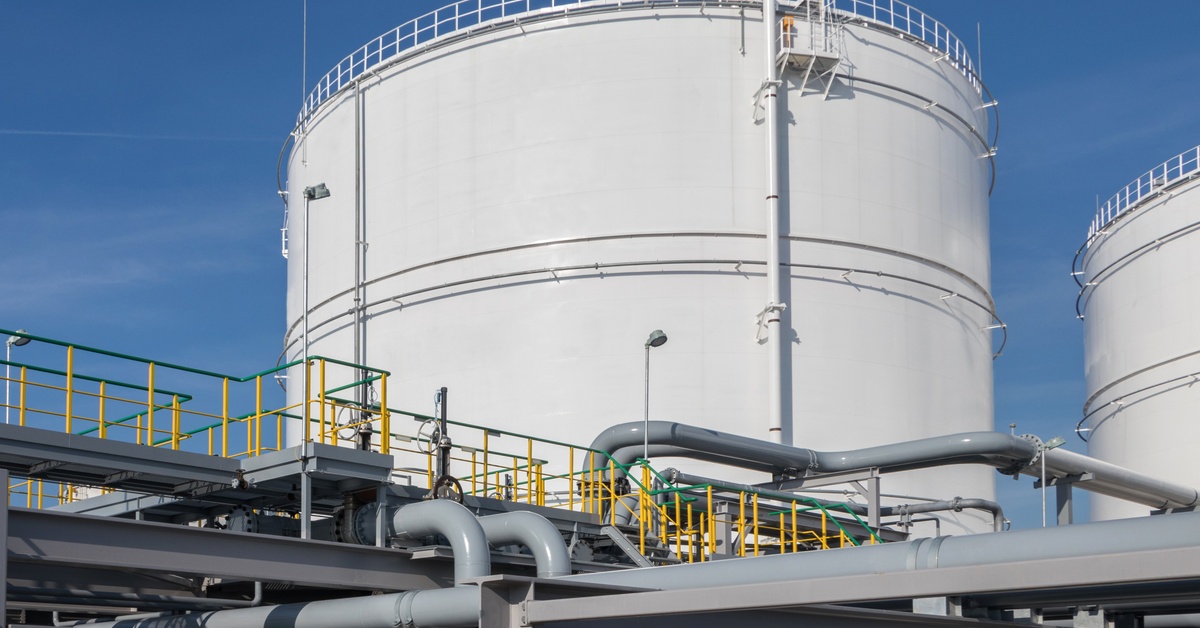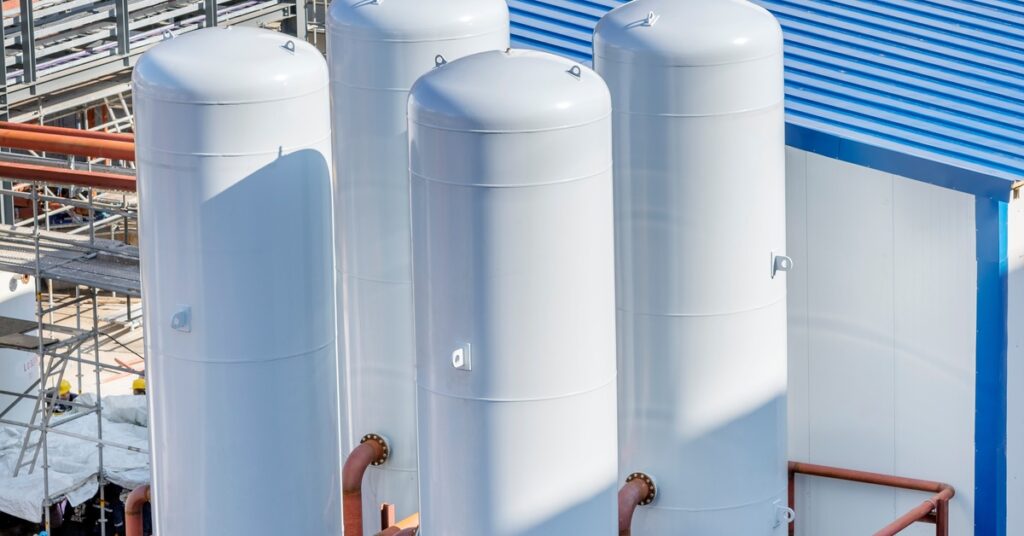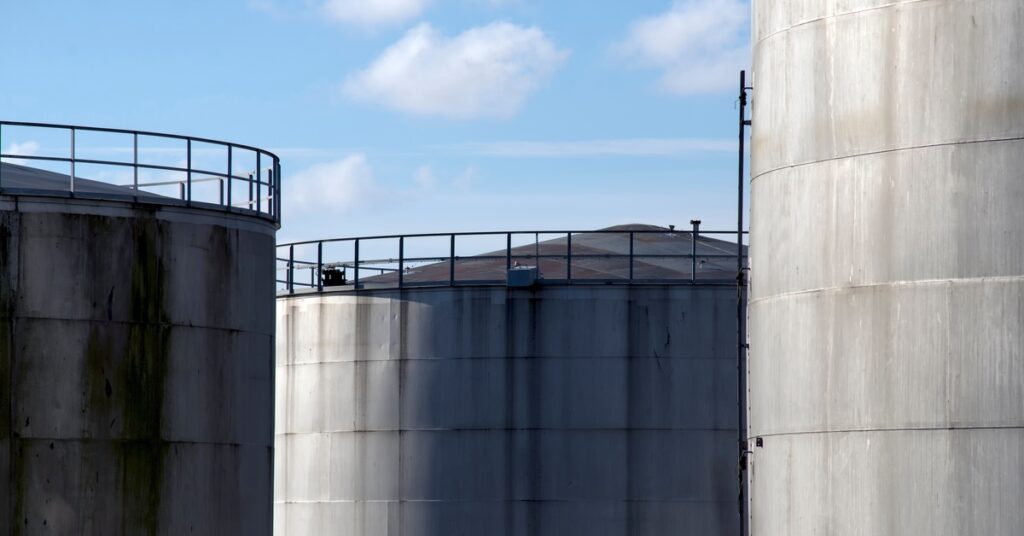
Secondary containment systems play a critical role in environmental protection, particularly when handling hazardous substances. The Environmental Protection Agency (EPA) has developed strict regulations governing these systems to safeguard land, water, and communities from potential leaks or spills. If you want to stay compliant, it’s important that you know about the secondary containment EPA regulations. Proper care and containment protect both people and the environment while keeping your facility legally compliant.
Secondary Containment Definition
The EPA defines secondary containment as a crucial safeguard designed to prevent spills, leaks, and releases of hazardous substances from contaminating the environment during storage and transfer. These systems act as a backup barrier, ensuring that hazardous materials are securely contained even if the primary storage fails. They are essential for reducing the risks associated with chemical spills and protecting both human health and local ecosystems.
Spill Prevention Control and Countermeasure (SPCC) Rule
The Spill Prevention, Control, and Countermeasure (SPCC) rule applies to facilities storing significant quantities of petroleum or other hazardous substances that could threaten waterways in the event of a spill. According to this regulation, facilities must implement secondary containment measures for critical areas such as:
- Bulk storage containers
- Transfer points
- Loading and unloading zones
Developing a comprehensive SPCC plan ensures you're prepared to handle potential spills while maintaining compliance with federal standards.

Proper Storage Capacity
Your secondary containment system must be capable of containing at least 110% of the largest container's volume within the protected area. This extra capacity provides a safety margin in case of an overflow or simultaneous spills from multiple containers.
Additionally, for areas prone to heavy rainfall, it’s recommended to account for additional space to manage excess liquid from natural precipitation, reducing the risk of containment breaches.
Construction Material Requirements
Secondary containment systems must use materials that are impermeable to the stored substance and capable of withstanding environmental factors. These materials should resist degradation caused by prolonged exposure to hazardous chemicals, as well as physical wear and tear.
For example, containment for corrosive chemicals may require reinforced concrete or high-density polyethylene liners, while petroleum storage might require oil-resistant barriers to ensure long-term reliability.
EPA Compatibility Guidelines
Selecting materials for your secondary containment system requires adherence to the EPA’s compatibility guidelines. These guidelines ensure that the materials used in construction can withstand chemical reactivity and degradation specific to the stored hazardous substances.
Corrosive acids, for example, will need containment solutions made with acid-resistant coatings, while oil-based substances may require special synthetic liners. Failure to choose compatible materials can compromise the entire containment system, leading to potential environmental damage and compliance violations.
System Maintenance
To meet EPA compliance, regular inspections and maintenance of your secondary containment systems are vital. Inspections should involve checking for cracks, leaks, corrosion, or any signs of structural degradation. Proper upkeep not only ensures environmental safety but also prolongs the lifespan of your containment systems, saving you money in the long run.
Aboveground Storage Tanks (ASTs) Compliance
Aboveground storage tanks (ASTs) storing oil or hazardous chemicals must include secondary containment in the form of dike barriers, containment walls, or berms to comply with EPA regulations. These features contain potential spills from tanks, protecting nearby soil and water sources from contamination.
Emergency Response Integration
A secondary containment system is only as effective as the emergency response plan that supports it. Facilities should develop and regularly update emergency plans that detail actions that your team needs to take during a spill or leak. Training employees on emergency protocols ensures a quick, efficient response that minimizes environmental and legal consequences.
Rainwater and Drainage Management
Secondary containment systems exposed to the elements must include proper rainwater and drainage management solutions. Pooled rainwater or other non-contaminated liquids need testing and potential treatment before you release them into the environment.
Installing drainage systems with controlled filtration prevents accidental contamination, while automated sensors can help monitor and remove accumulated water safely. Adhering to these practices ensures compliance with environmental regulations and prevents unnecessary fines.
Inspections and Recordkeeping
The EPA mandates consistent inspections and detailed recordkeeping for secondary containment systems. Your team should conduct inspections at regular intervals to identify any vulnerabilities, from minor cracks to full structural failures. Maintaining thorough records of these inspections not only demonstrates compliance during audits but also helps track system performance over time.

Indoor vs. Outdoor Containment
The location of your storage area greatly influences the design of your secondary containment system. Indoor containment systems benefit from protection against weather-related risks but may require ventilation to prevent hazardous vapors from accumulating.
Outdoor systems, on the other hand, need additional considerations like UV-resistant linings, weatherproofing, or drainage to handle rain and snow. Evaluating your unique storage environment will help determine the most effective containment solution.
Portable Secondary Containment
Portable secondary containment options are ideal for temporary or mobile storage needs, such as construction sites, remote field operations, or emergency spill responses. These systems, which include portable berms, spill trays, and collapsible containment units, are lightweight, easy to transport, and simple to deploy on-site.
They provide a flexible and efficient solution for containing potential spills, especially in locations where permanent containment structures are impractical or unavailable. However, even with their convenience, portable containment must adhere to strict EPA requirements, such as material compatibility and containment capacity. Regular inspections and maintenance are critical to ensure these systems remain effective, especially in challenging conditions.
State-Level Regulations
While federal EPA regulations establish the baseline for secondary containment, each state may impose additional requirements tailored to its specific environmental priorities. These additional requirements often focus on addressing local concerns, such as:
- Groundwater contamination risks
- The proximity of industrial sites to sensitive ecosystems
- The management of hazardous materials in flood-prone areas.
For example, some states may require higher containment capacity thresholds or mandate additional safety measures for facilities near protected wetlands or drinking water sources. Businesses operating in multiple states must stay informed about varying regulations at both the federal and state levels to ensure full compliance.
Penalties for Non-Compliance
Non-compliance with EPA secondary containment regulations can result in significant consequences for businesses, ranging from heavy fines and legal action to serious reputational damage. These penalties can vary widely depending on the severity of the violation, the type of materials involved, and the potential environmental impact.
For instance, a major spill due to inadequate containment could lead to costly cleanup efforts, civil lawsuits, and even criminal charges in extreme cases. By understanding the risks and staying proactive about compliance, organizations can prioritize robust containment practices to protect both the environment and their operations.
When you know about secondary containment EPA regulations, you can protect the environment and safeguard your operations from legal and financial repercussions. Apply these guidelines and invest in the right secondary containment liners from us at Royal Liner. With us on your side, you can make being environmentally responsible easy!
